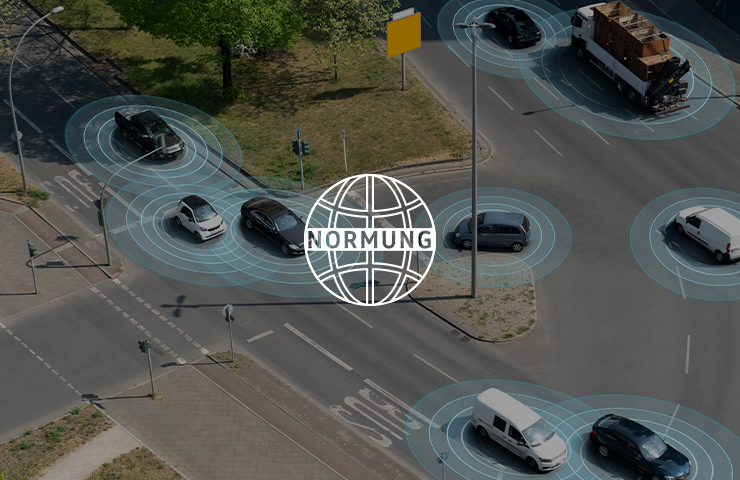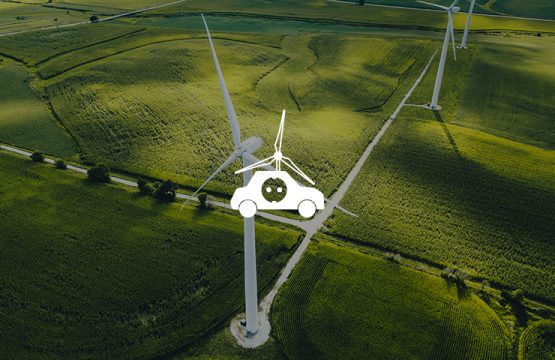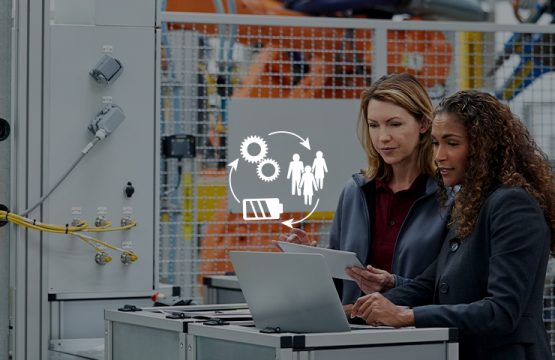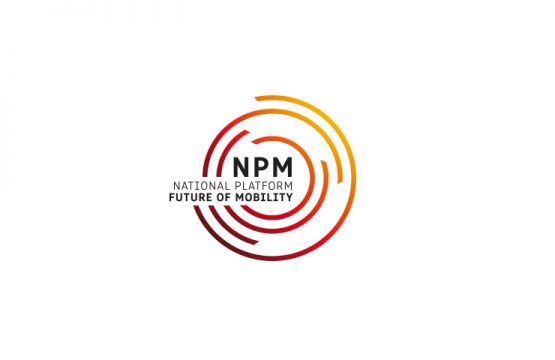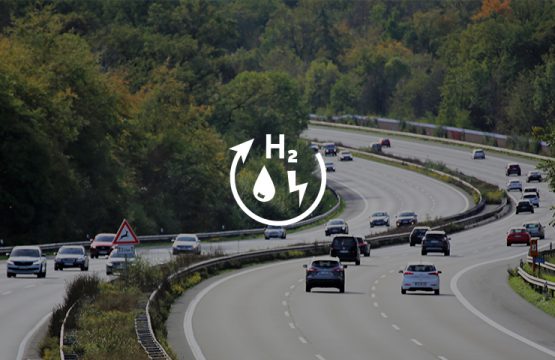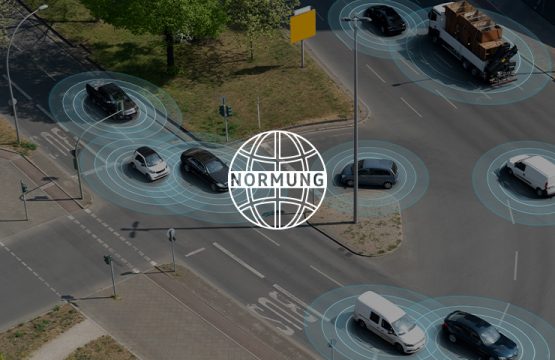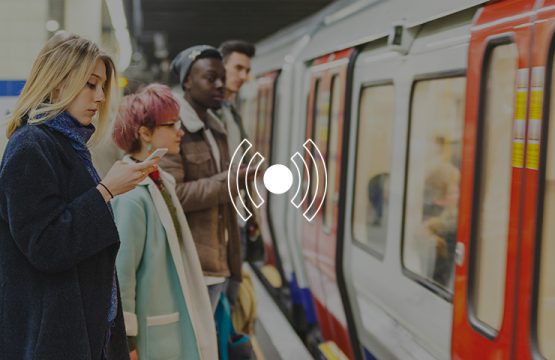Standards and norms help ensure that innovative solutions are developed for the mobility system of the future which are economically, ecologically and socially sustainable. They also create the conditions to enable the consumption of resources to be reduced, the environmental and climate burden to be minimised and natural habitats to be preserved. They also serve to ensure health and safety at work as well as compliance with ethical standards and social responsibilities, such as in the area of mining.
The new roadmap report Standardisation, certification and type approval produced by Working Group 6 shows the contribution standards and norms can make towards a sustainable design of the mobility system. Some key prerequisites are transparency of supply chains, an effective circular economy and digital documentation. Relevant standards and norms allow us to evaluate, compare and understand sustainability measures. At the same time, the report uses five focus areas – carbon accounting, reuse and recycling, batteries, fuel sources and communication – to point out specific action to be taken by 2030.
Carbon accounting / Accounting framework
Internationally harmonised standards and norms facilitate accounting based on globally consistent criteria. This is especially important when value chains are spread across the globe, as is the case with the automotive industry. Carbon accounting aims at developing a uniform system which allows a comparison of different modes of transport based on their usage whilst taking into account other parameters (e.g. long-distance or local traffic) and the emissions caused. In order to make this a reality for the mobility system as a whole, standardisation measures to define an accounting framework and to design standardised information and communication architecture and organisation are necessary. One key prerequisite for carbon accounting is to have supply chains with a maximum level of transparency.
Reuse and recycling
If vehicles are to achieve a sustainable ecological performance, it is imperative for the materials used to be re-usable or recyclable. Due to the complexity of vehicles which consist of various materials and substances, there is a need for integrated life cycle management. Even during product design, attention must be given to sustainably obtainable materials which are durable, re-usable and recyclable. Within the circular economy, vehicle design is especially important and must provide for easy reuse or dismantling. This degree of traceability relies on transparency, modularity and design for recycling/disassembly.
Battery – Sustainable battery value chain
Another important area of activity is the creation of a sustainable battery value chain including a circular system. In this context, a lot of issues still need to be addressed, inter alia, the development of standards for the second life of batteries, a standardised recycling process to increase recycling efficiency or a standardised way to determine the carbon footprint of batteries.
Fuel sources – Electricity, hydrogen, liquid and gaseous fuels
In the area of fuel sources, normative challenges in terms of liquid and gaseous fuels, but also in terms of electric energy are discussed. When it comes to fuels for combustion engines, the requirement to drive forward standardisation for already foreseeable fuel qualities is obvious so that they can be established in the market. There is room for improvement in adapting existing fuel norms and in developing new standards and norms, in order to be able to offer new fuels in the market. If the climate objectives are to be reached by 2030/2050, it is necessary to go beyond incorporating renewable fuels – which is within the scope of today’s fuel norms (especially with regard to gasoline) –, or to offer entirely new fuel qualities.
Communication
The chapter Communication looks at three aspects: communication vis-à-vis experts, communication vis-à-vis consumers and technical communication. With regard to experts, i.e. local authorities, municipalities and transport companies, the focus is on comprehensibility and transparency of the legal and normative specifications. In the communication with consumers, an understandable and standardised system for the assessment of sustainability (e.g. a traffic-light system) is needed. In the area of technical communication, there is a requirement for standardisation to provide for binding, standardised consumption and efficiency data for electric vehicles. At the same time, a standard to deliver proof of sustainability documentation is also required. In order to improve billing of individual charging processes of electric vehicles, a European standard should be established which facilitates a secure, standardised and machine-readable data format for the exchange of charging data between different roaming platforms, charging station operators and electromobility providers.
The focus roadmap is now available to download on https://www.plattform-zukunft-mobilitaet.de/berichte/ (in German).
About NPM – National Platform Future of Mobility
The National Platform Future of Mobility brings together experts in the fields of politics, the private sector, associations, research institutes and NGOs to develop visions for sustainable, environment- and climate-friendly, affordable and competitive mobility in Germany. Presided by Prof. Dr. Henning Kagermann, six working groups develop intermodal guidance to politicians, businesses and society in a technologically-neutral way.
Contact:
Alexandra Huß
Communication advisor
Office of the Chairman of National Platform Future of Mobility
huss@acatech.de
+49 (0)30 / 206 30 96 86
+49 (0)160 / 714 93 25
